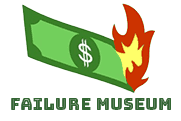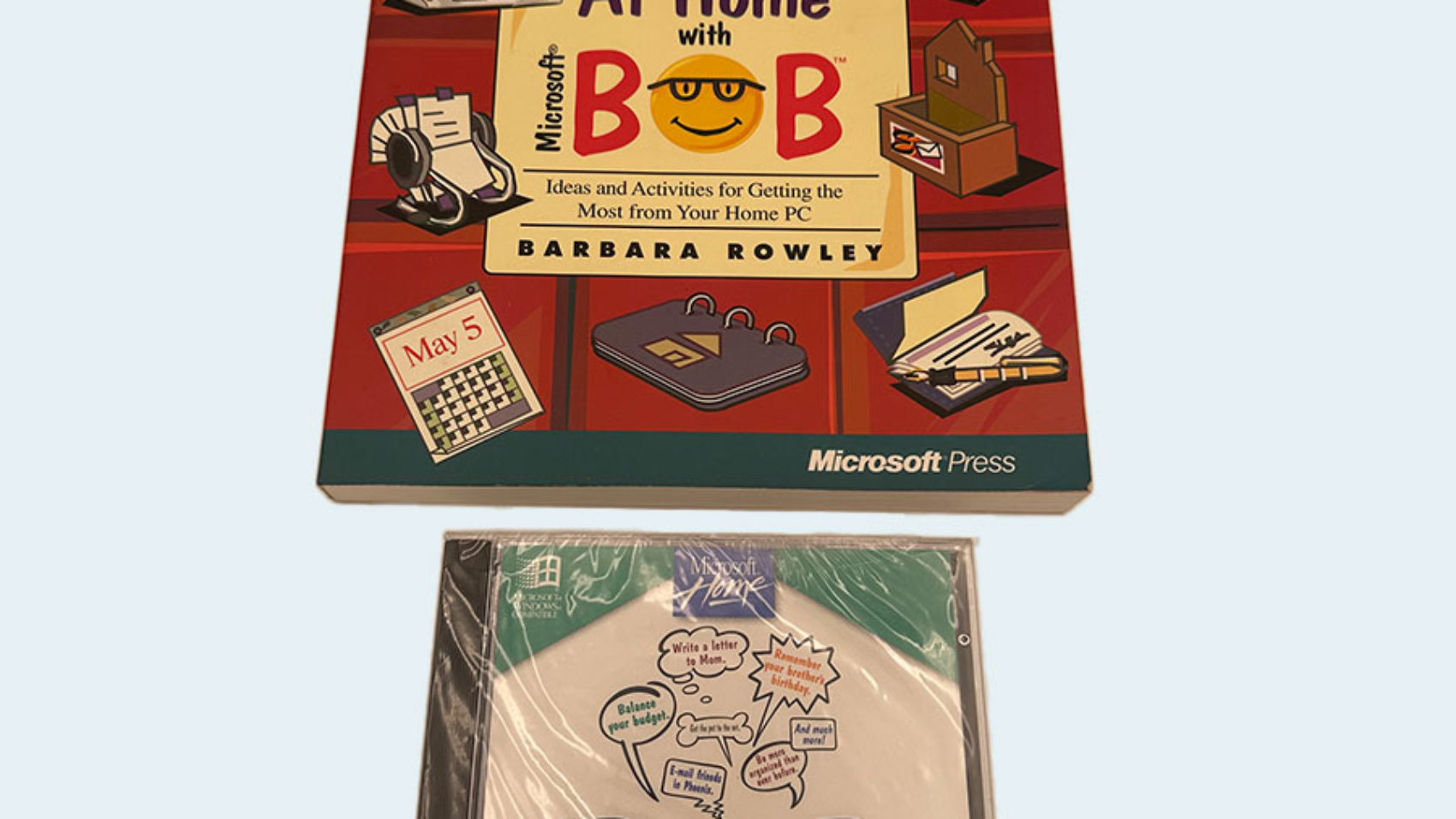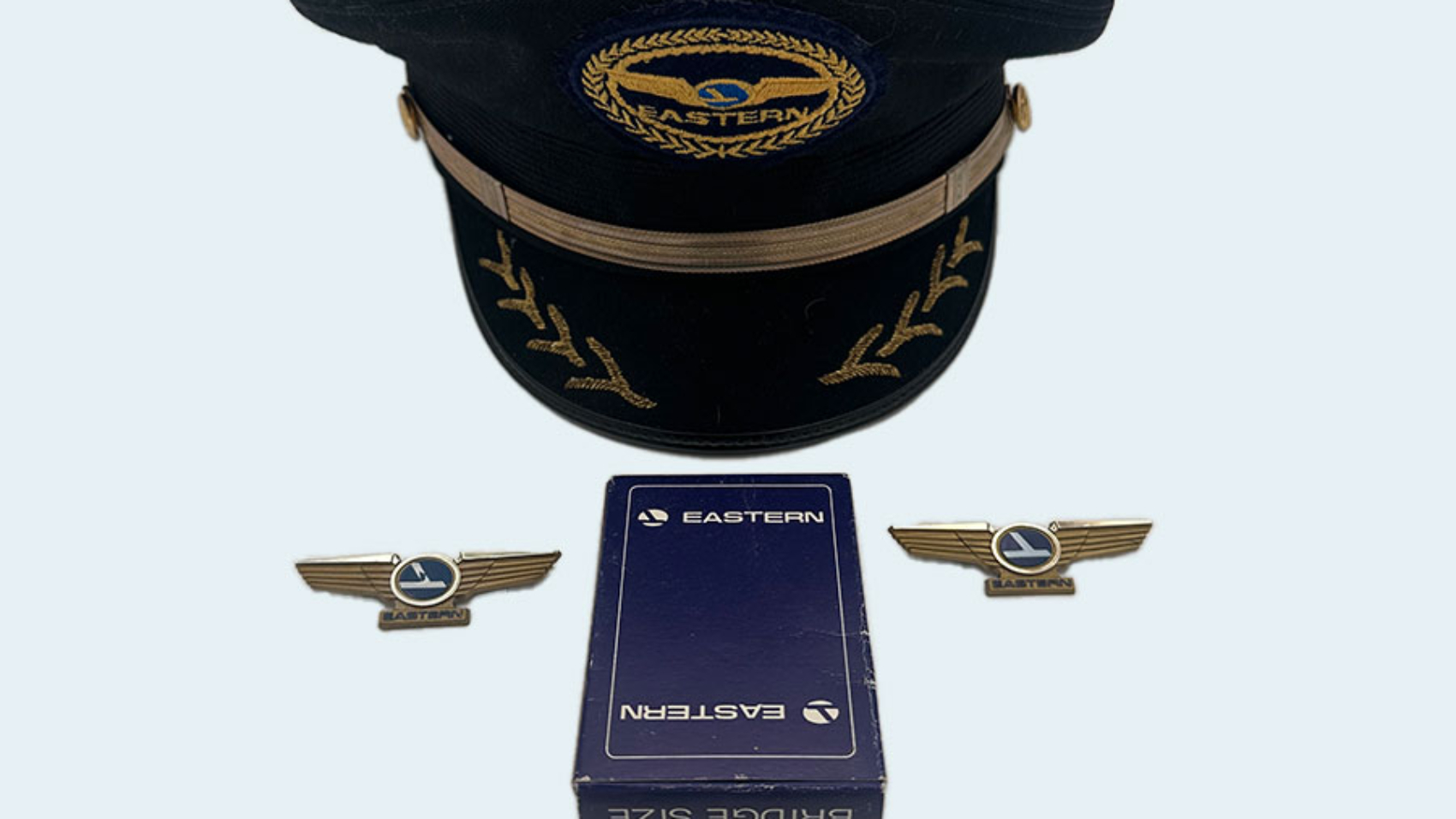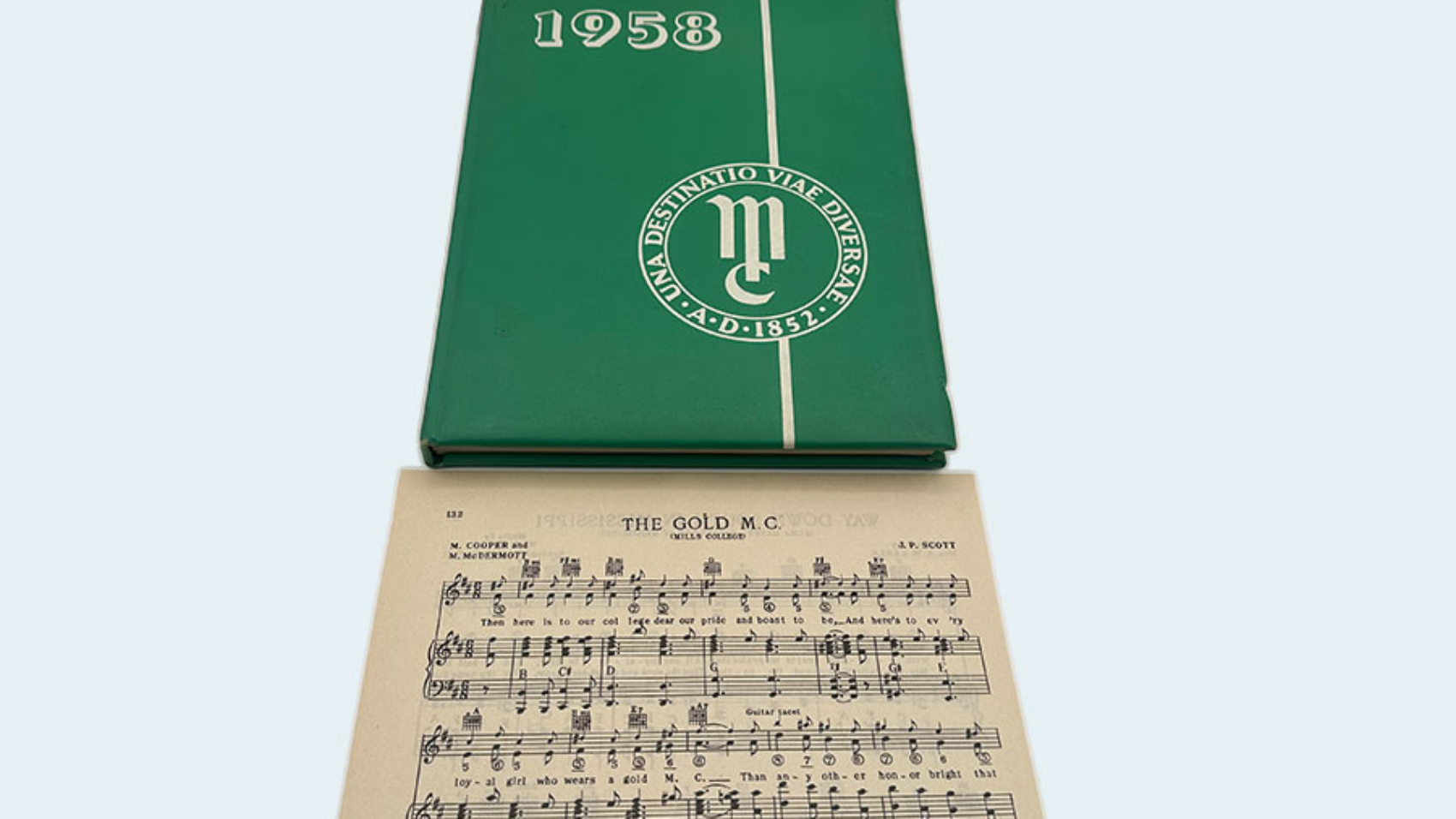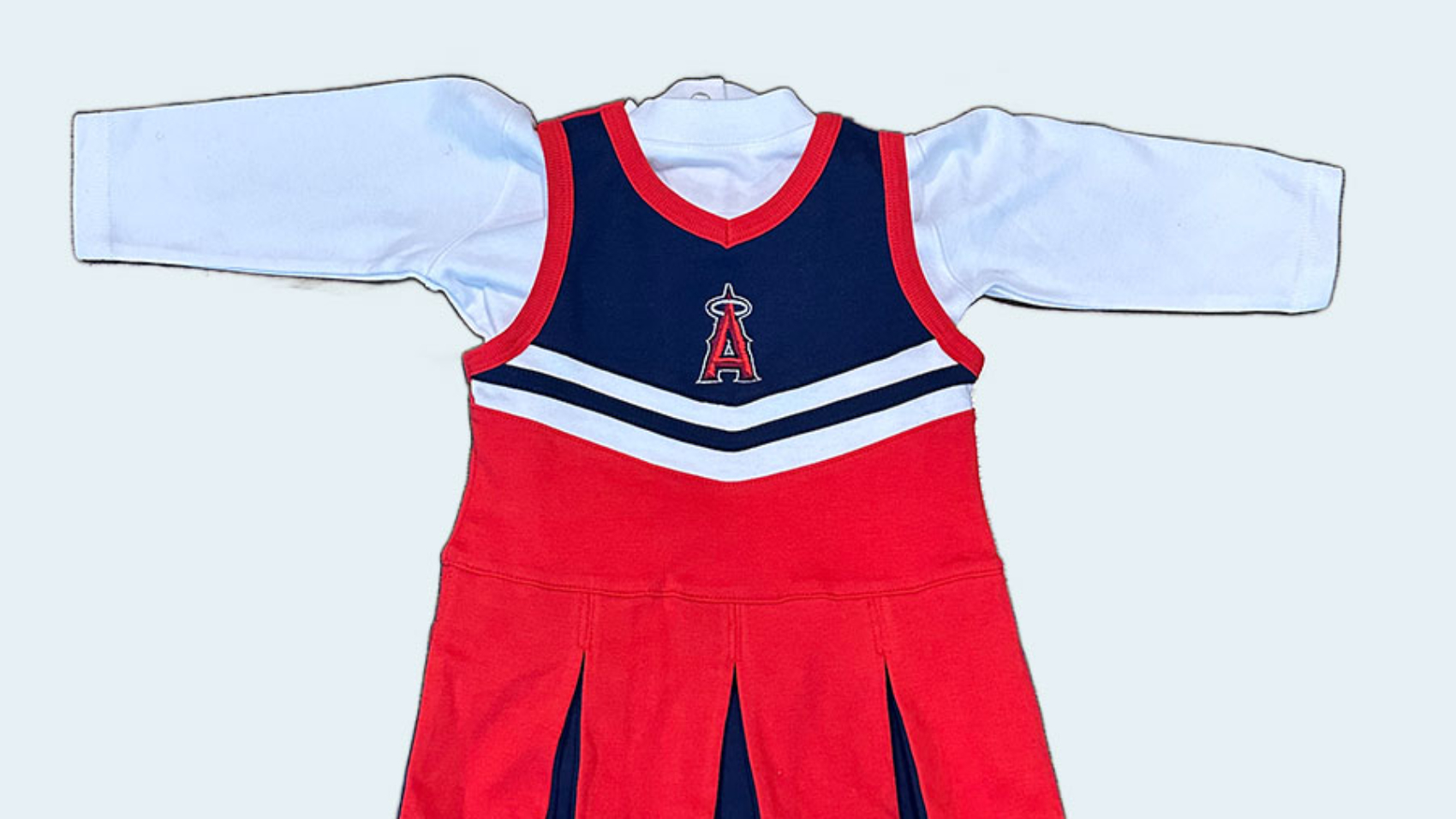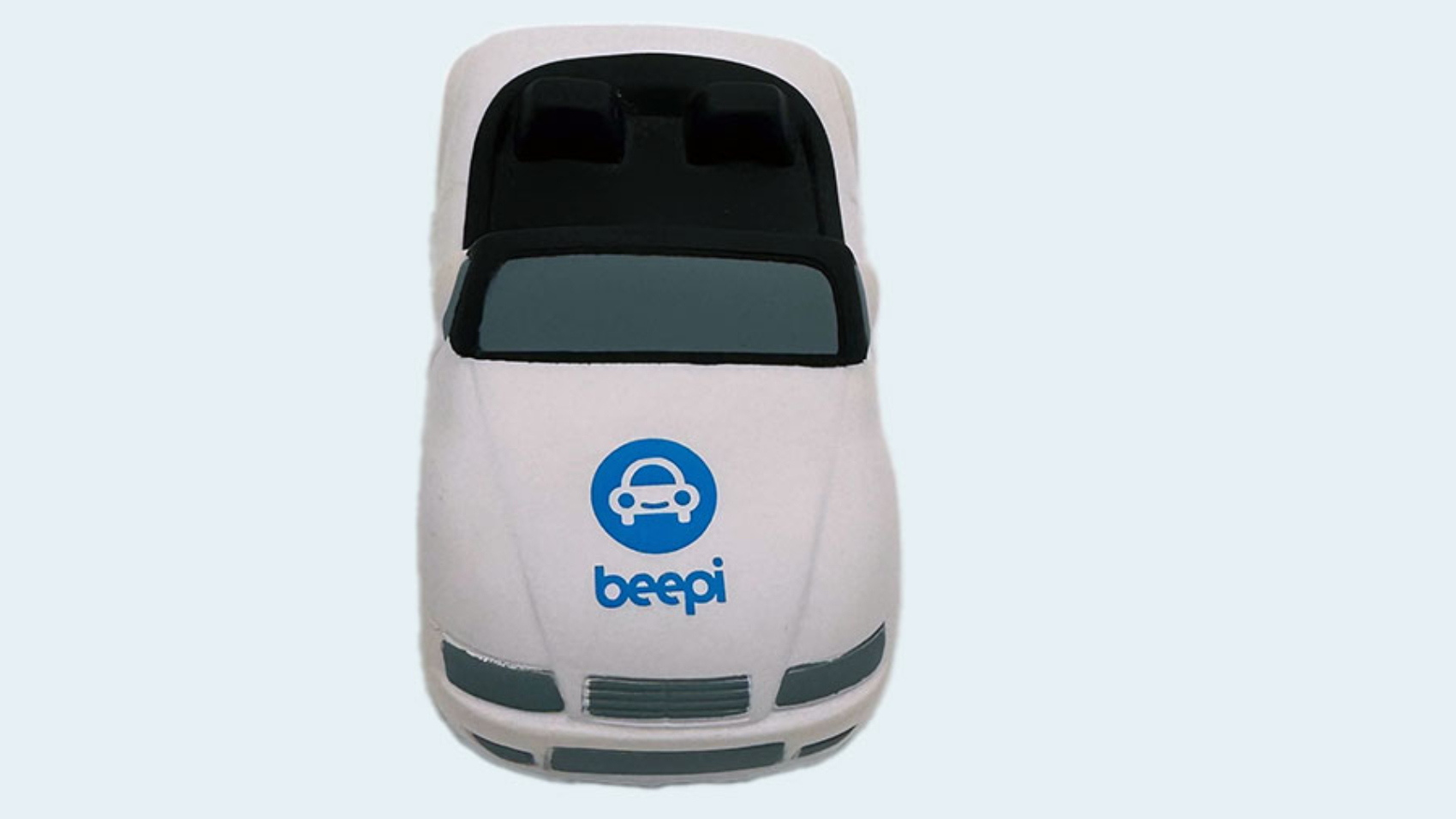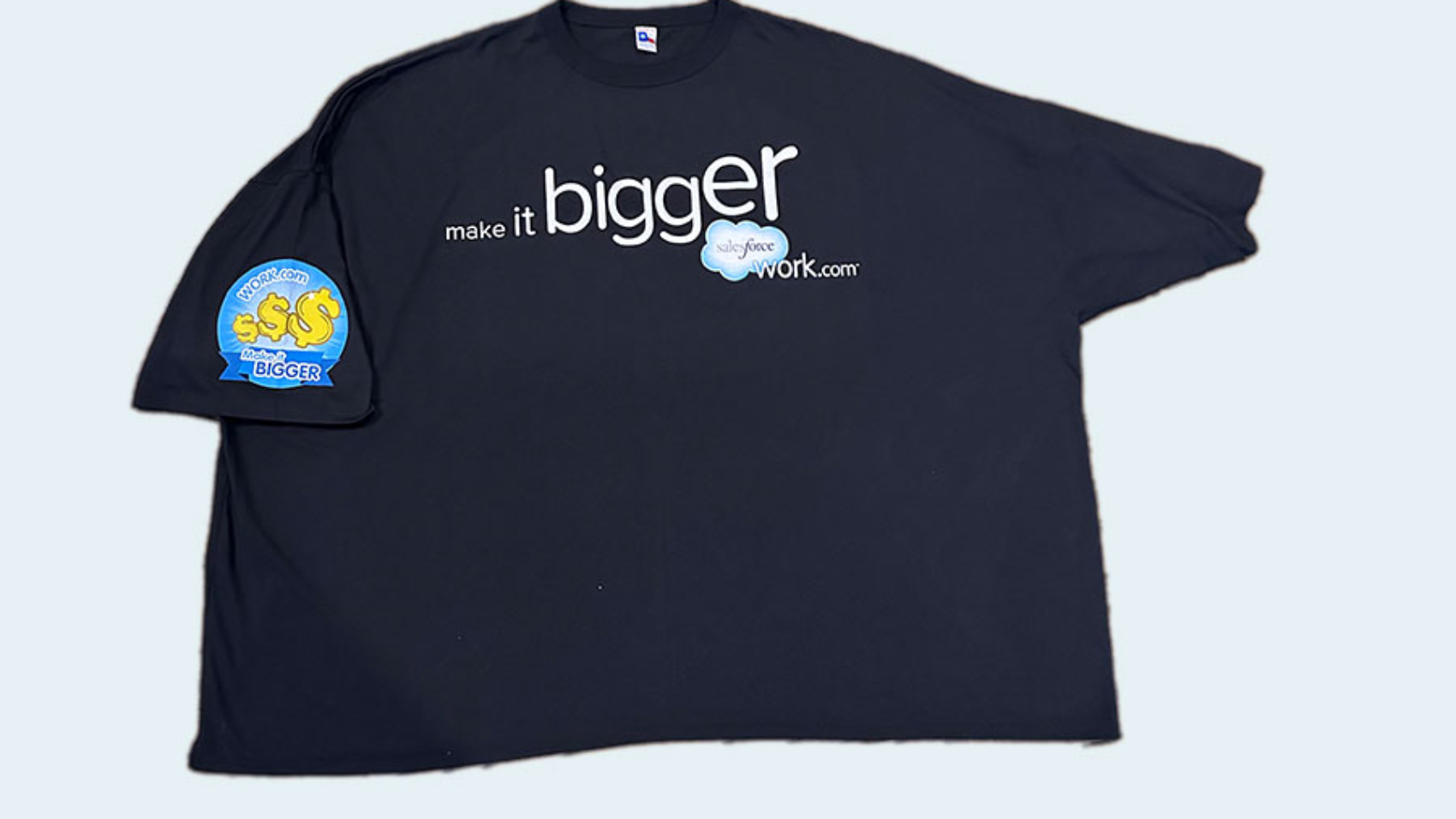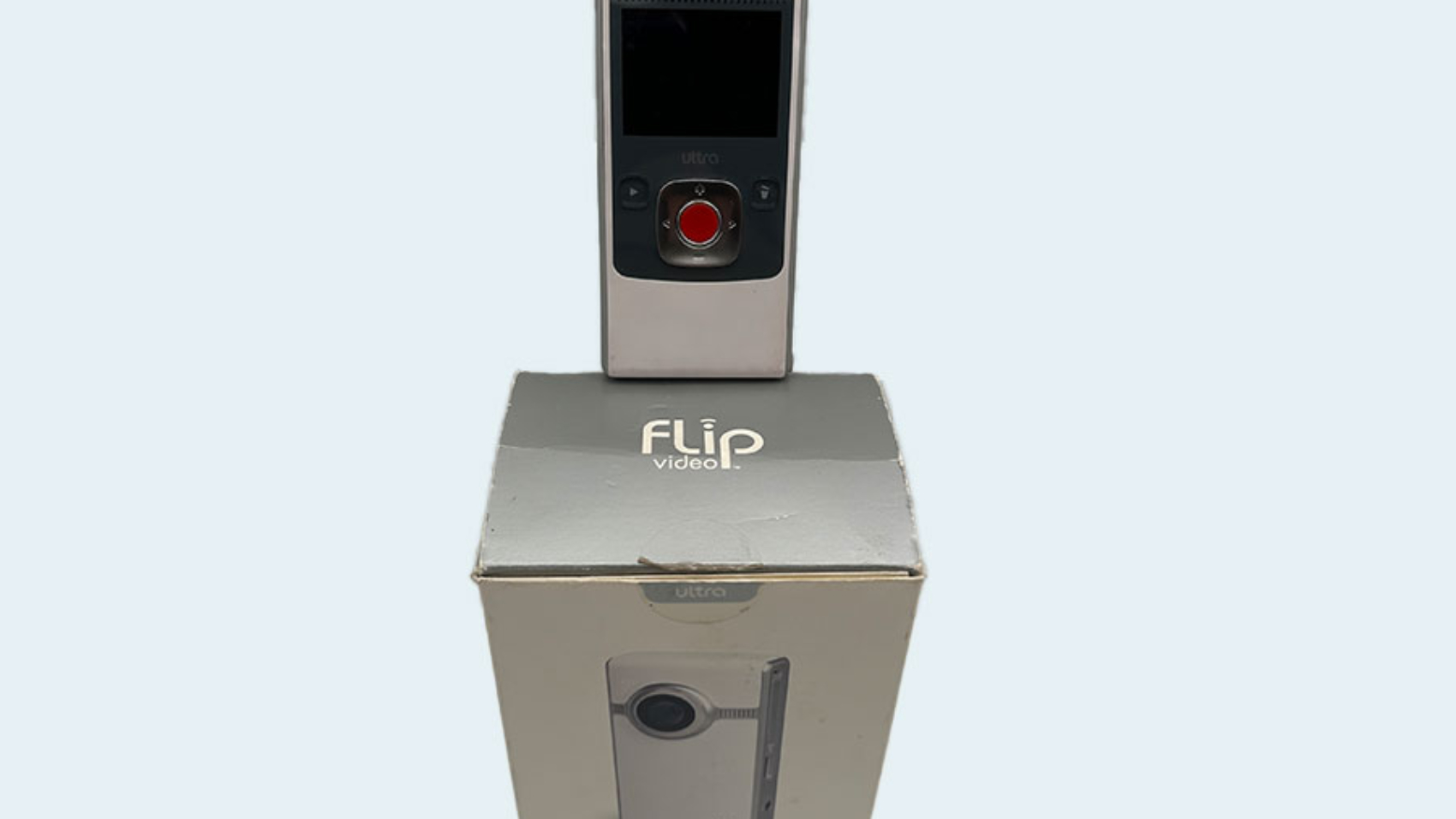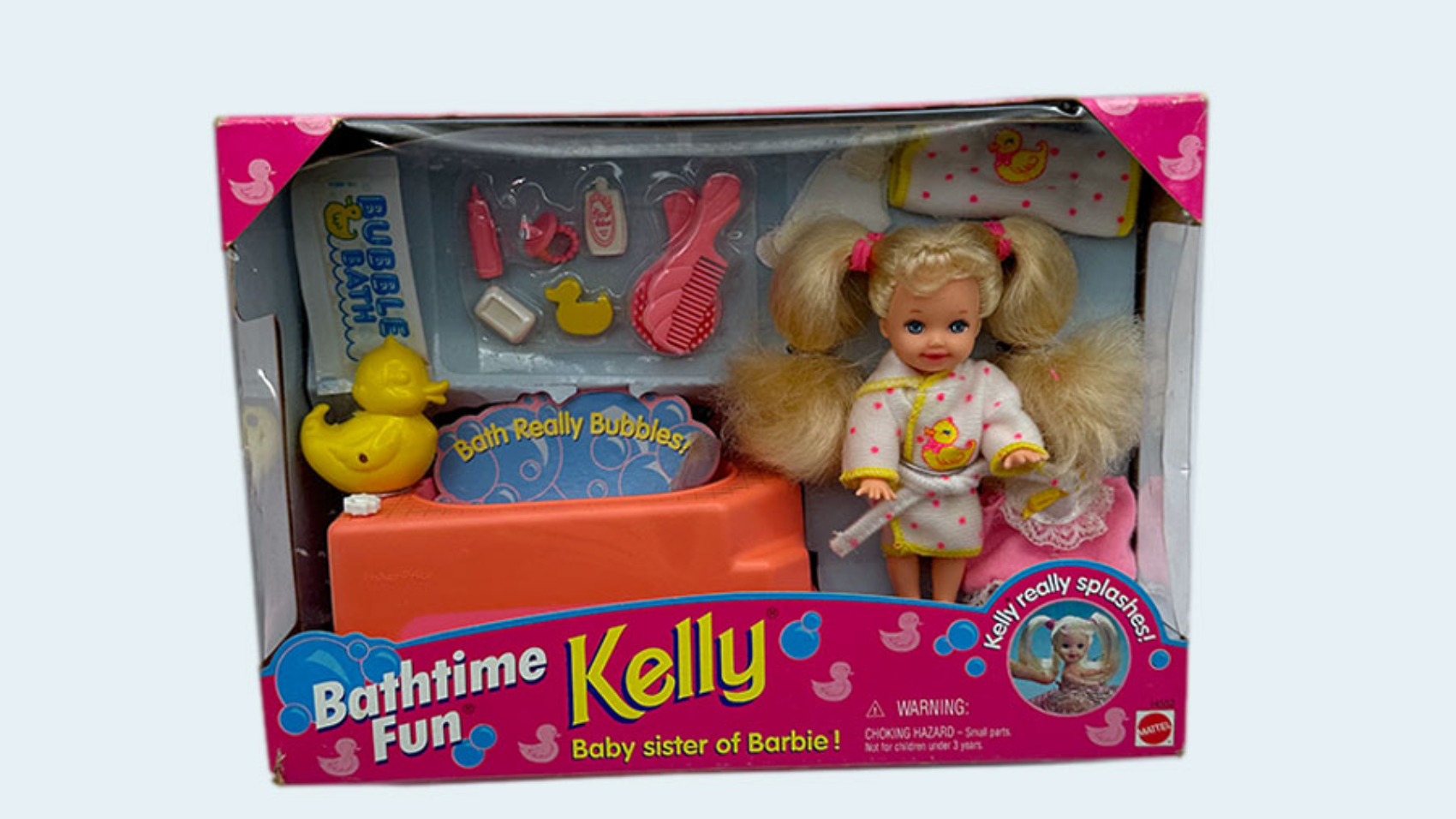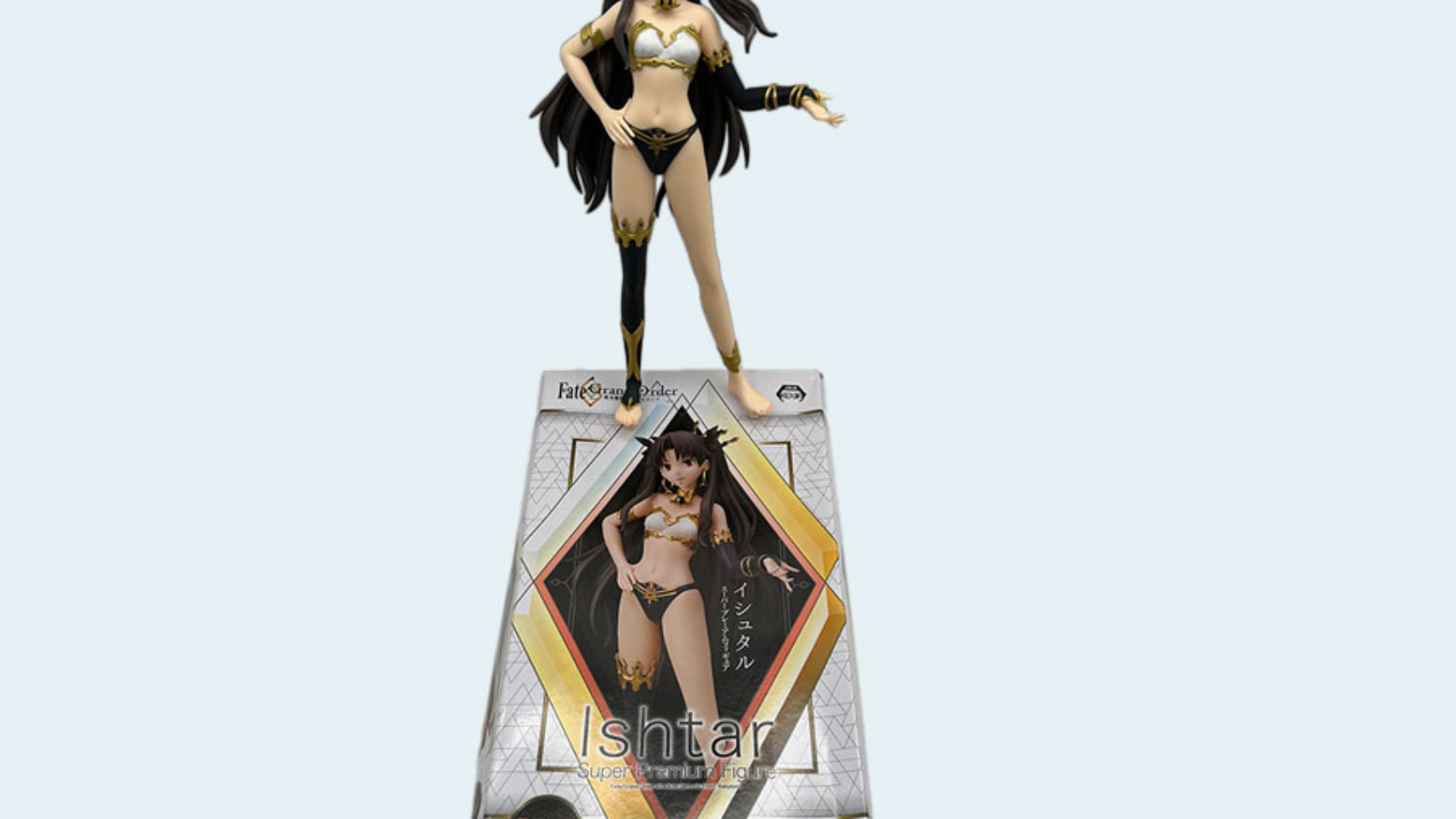Released in 1995 and discontinued in 1996, Microsoft Bob was a cartoon interface designed to be a more user friendly interface for Windows. Bob was criticized in the media and did not gain wide acceptance with users as the interface was slower and more confusing than regular Windows. Its legacy would be observed in future Microsoft products, such as the use of virtual assistants.
Eastern Airlines
Eastern Airlines, strained by labor disputes and a high debt load, ran out of money in 1991 after 65 years of operation.
Mills College
In 2022 and after 170 years in business, Mills College in Oakland merged with Northeastern University due to financial difficulties. Mills College suffered a significant drop in student applications since it spent more money on administration than instruction, had teacher turnover, and altered student applications.
GE Capital
GE Capital plowed into commercial real estate near the top of the market. And it bought WMC Mortgage, a subprime lender, in the midst of the mortgage crisis. GE’s stock price crashed during the 2008 meltdown in large part because Wall Street treated it as a bank instead of an industrial company.
Angels
Disney acquired the Angels in 1996 after creating the NHL expansion team, The Mighty Ducks, in 1992. Disney later sold both teams as they realized it was outside their core competency to operate sports teams. Disney unsuccessfully introduced cheerleaders at Angels games.
Beepi
In 2016, Beepi, a used-car marketplace, shut down after having raised $149 million. It’s challenges included burning too much money ($7 million a month) before they were at product/market fit, slowness in getting buyers the title and registration for their newly-purchased cars, and consumers’ unwillingness to rely on a third party for the entire car buying process without seeing the car themselves.
Salesforce’s Work.com
In 2011, Salesforce expanded into the HR software space after it’s acquisition of Rypple (renamed Work.com). Salesforce has successfully built best of breed front office software applications, and wasn’t able to successfully expand into back office applications where other competitors are well entrenched.
Flip
After acquiring Pure Digital, maker of the Flip camera, for $590 million in 2009, Cisco shut it down in 2011. A new generation of smartphones with built-in-video recording made the Flip camera obsolete.
Kelly
In 1995, Mattel released Barbie’s baby sister Kelly. She was retired in 2010 and replaced by Chelsea in 2011. Kelly and Chelsea are the same character, only with a new name.
Ishtar
In 1987, Ishtar was an adventure-comedy film based in Morocco was one of the most expensive box-office flops of all time. Ebert wrote for the Chicago Sun-Times that “Ishtar is a truly dreadful film, a lifeless, massive, lumbering exercise in failed comedy” and Siskel called it “shockingly dull” and “dim-witted.” The movie director never worked again in the industry.

